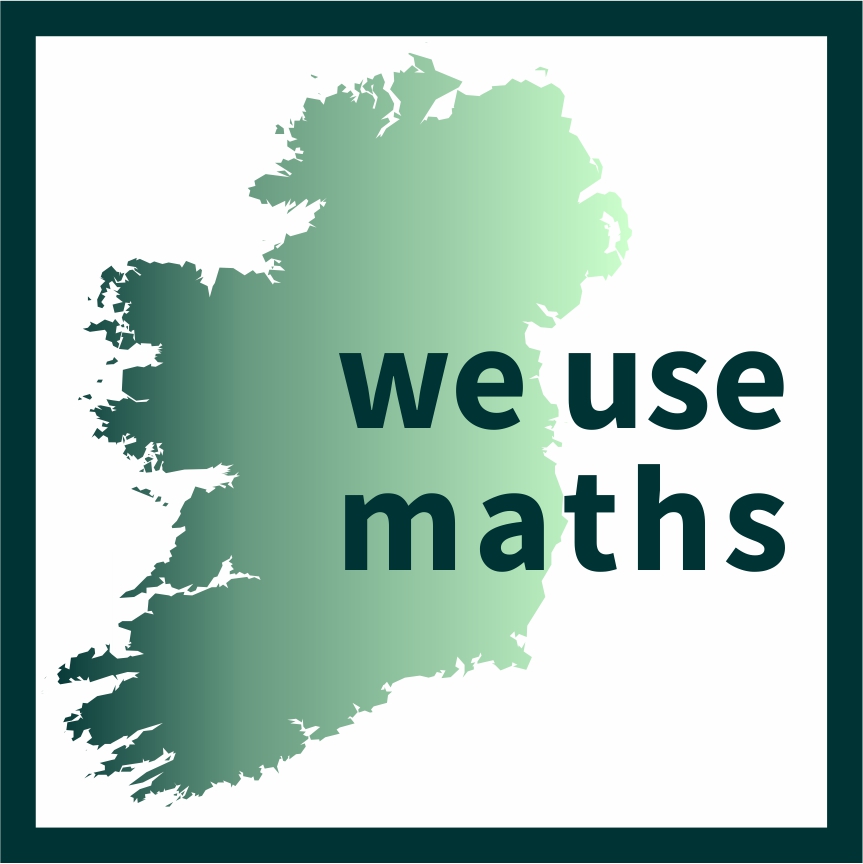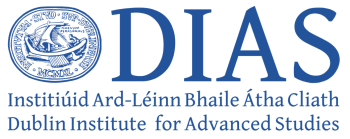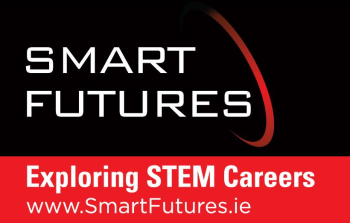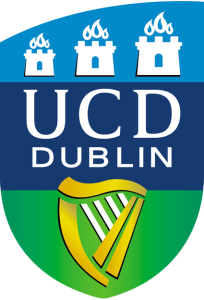Hugh Nolan:
Electronics Engineer (Biomedical)
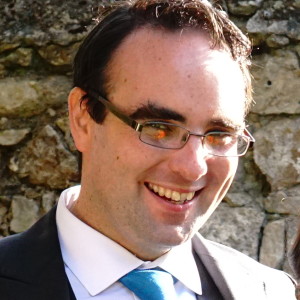
Your name?
Hugh Nolan
Your job title?
Electronics Engineer
What are your main tasks / responsibilities for a biomedical engineer?
I work at The Irish Longitudinal Study on Ageing (TILDA, www.tilda.ie), which is a 10 year study of 8500 people over the age of 50. We aim of collect data covering many aspects of older people’s lives, from health to family and friends to economic circumstances, in order to determine important factors in healthy ageing, improve quality of life and investigate causes of various health conditions. I am responsible for analysis and translation of raw collected data from a wide range of systems into meaningful outcomes which can be incorporated into our analysis dataset and understood by non-technical researchers. Some of the varied data types that I work with are: electrocardiogram, blood pressure + heart rate, near-infrared spectroscopy (brain blood flow measurement), respiration and 7-day accelerometer recordings, and will soon be working with functional MRI. I am also responsible for equipment maintenance, IT planning and support, and data security.
How do you use mathematics within your job?
What type of mathematics do you use to solve problems?
What aspects of the mathematics curriculum or mathematics courses have proven most useful to you?
Calculus and linear algebra underlie a lot of the methods I use to transform data – I do not (usually) need to manually solve equations to use these methods, but I do need to be aware of the principals of how they work to know when is appropriate to use them. Geometry and trigonometry were very important for developing a sense of intuition about solving many real-world problems – many data analytics problems can be viewed geometrically. The circle and the sin and cos functions are fundamental concepts in signal analysis. Basic set theory is very useful for manipulation and alignment of groups of data. Statistics is incredibly useful in research and computing fields; unfortunately the Leaving Cert statistics/probability courses were not sufficiently detailed/practical to give me a useful background in the field.
What is your education to date?
What advice would you give to someone considering your job?
What do you find most interesting in your job and what do you find are the main challenges?
I thoroughly enjoy finding investigating data, diving into the details and finding patterns and anomalies – each set of data tells a story about a person, and my job is to decipher that story and combine it with other stories to make a more general story about people. The outcomes from my work have direct consequences in the field of ageing and improving people’s quality of life – and my future! The team in TILDA come from all sorts of fields – economics, sociology, clinical medicine, psychology, nursing, physiotherapy, sports science, and engineering, to name but a few. This sort of interaction broadens my view of what is important when looking at quality of life. The main challenges are keeping on top of a large number of projects which arise in a fast-moving environment, along with keeping up to speed on the physiological and analytical backgrounds of new measurements when new data is ready for analysis.
